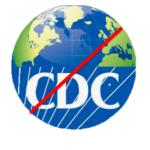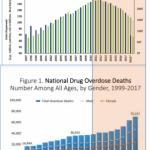"I cut it twice and it's still too short" is an old carpenter's joke about persistence coupled with incompetence. It's a pretty good joke.
opioids
Heroin, not oxycodone or hydrocodone, is by far the most dangerous opiate on the street. But technically, it isn't dangerous at all. And it's not necessarily a "street" drug because It can be legal. Confused?
It hasn't been a good year for U.S. Surgeon General Jerome Adams.
Just about any drug can be made to look bad, especially when its risks are considered in the absence of its benefits.
As everyone knows, local and state governments are suing the pharmaceutical companies purportedly so that the epidemic these companies started can be finally ended, Also, the companies will have to pay for past damages done and – most of all
For people in pain, the following history is familiar. After a year of political maneuvering and under-the-table influence peddling, the National Center for Injury Prevention and Control (NCIPC) at CDC issued a “guideline” in March 2016, for
Here are five things we really don't need:
In 2016 I testified at an FDA hearing about the "opioid crisis," which was starting to make its way into the news in a big way.
Surgeons prescribe pain medications, makes sense; pain is a frequent “adverse” effect of surgical care. And with the drumbeats of concern over opioid addiction, physicians have reassessed our prescribing habits.
Writing in her blog at the National Institute On Drug Abuse, Dr. Nora Volkow and co-author Dr.









